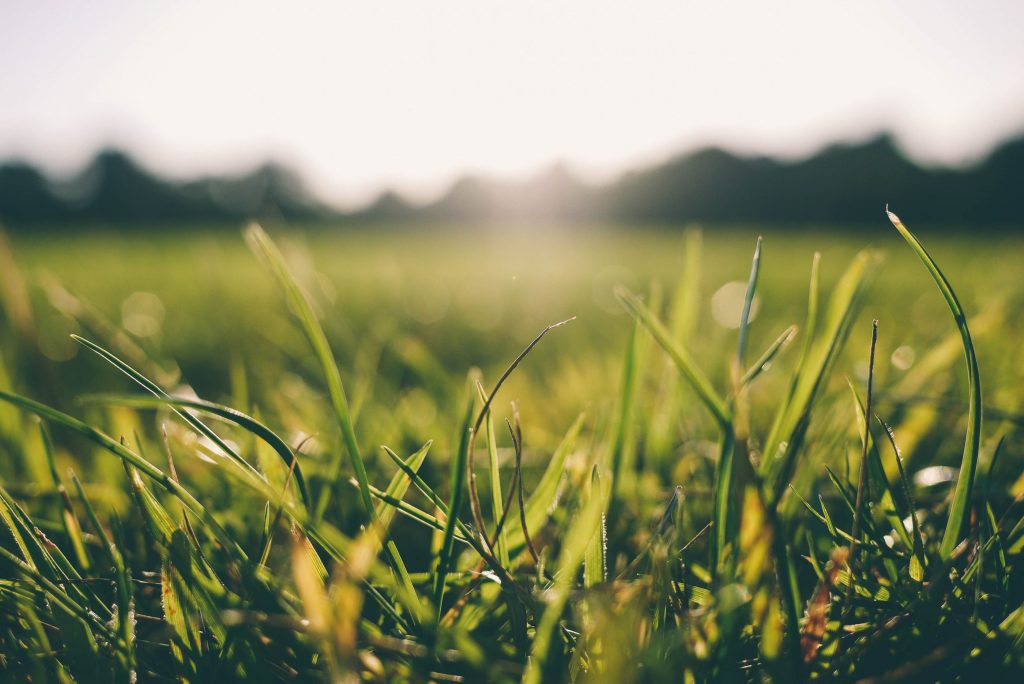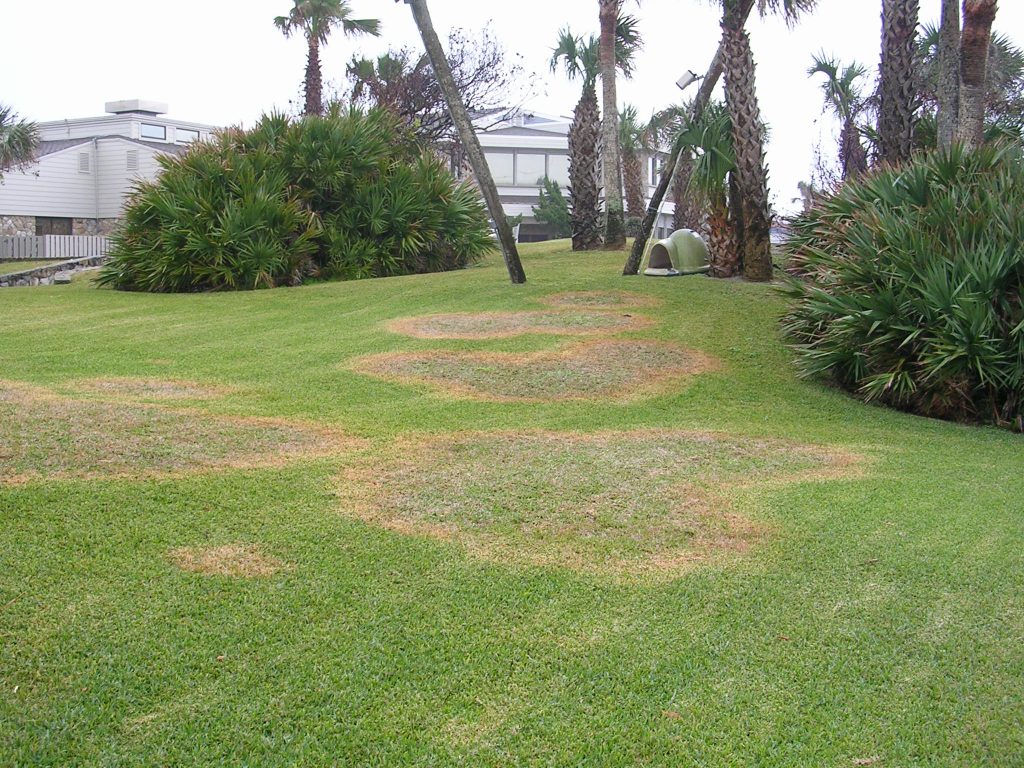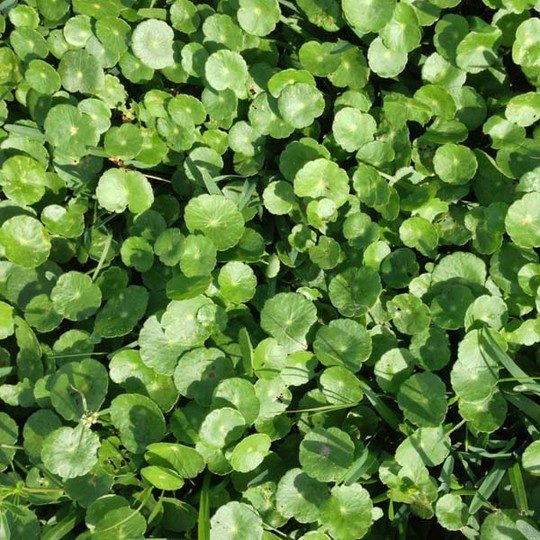Lawn Care Tips for the Winter
Even during the cooler months, it’s important to understand the care your lawn needs.

Irrigation
Moisture needs are greatly reduced in the winter, but your landscape will still need irrigation in the absence of rainfall. Typically, applying 1/2″ to 3/4″ of water once a week will suffice from December through February.
Landscape Diseases and Weeds
The two primary turf problems during the winter months are brown patch fungus and winter annual broadleaf weeds. Both of these problems can be greatly affected by excessive soil moisture.
- Brown patch fungus is a disease that causes turf damage in circular patterns. Dying grass blades on the outside border of the pattern are usually vibrant yellow to orange. Fungicide applications will suppress the advancement of the disease and the turf will recover, but they will not “cure” the problem. New areas of activity can occur anytime weather conditions are conducive.

- Winter annual broadleaf weeds are weeds that emerge when the weather is cool. These weeds die naturally in the spring. Winter
annual weeds tend to be more of a problem than summer annual weeds because the turf does not compete with the weeds as well in the winter as it does in the summer.

Mowing
Mowing your lawn is still necessary in the winter months. Mowing is necessary anytime the grass is 1/3″ higher than the height of your mower blade. In other words, if you are mowing your lawn at 3.5″ and the grass grows to a height of about 4.5″ , it’s time to mow. Mowing is a cultural practice that can greatly influence the health of your lawn.
For help keeping your landscape healthy and green all year long, CLICK HERE for a free, no obligation landscape inspection.